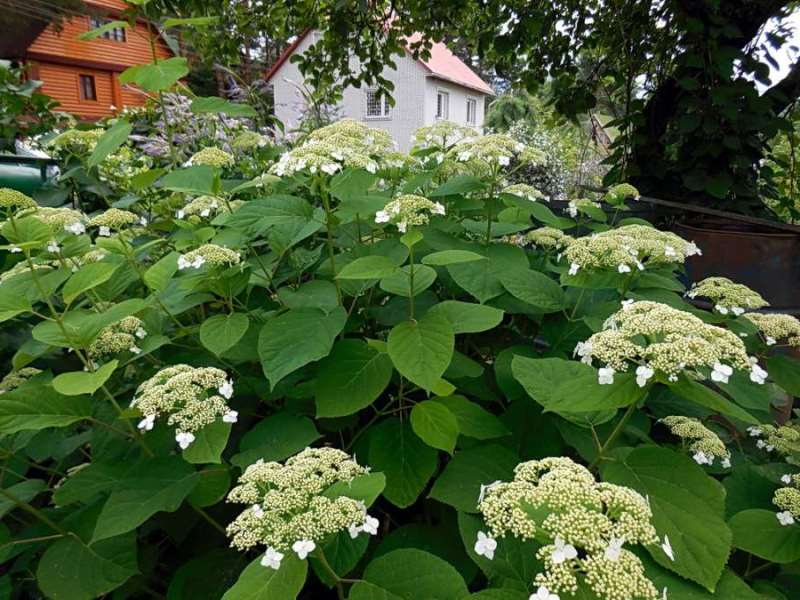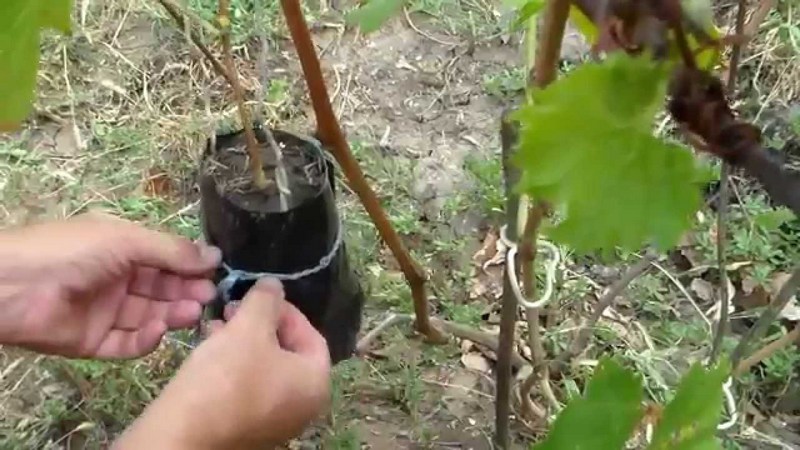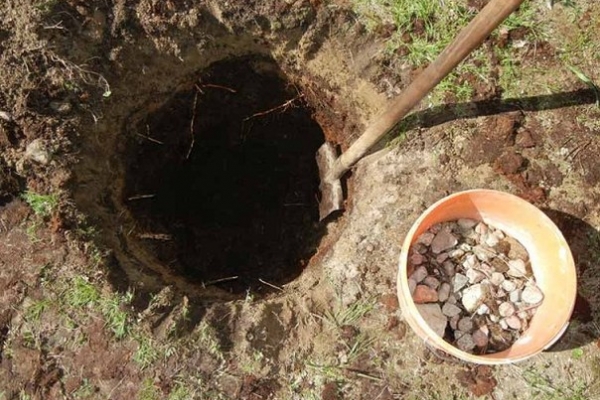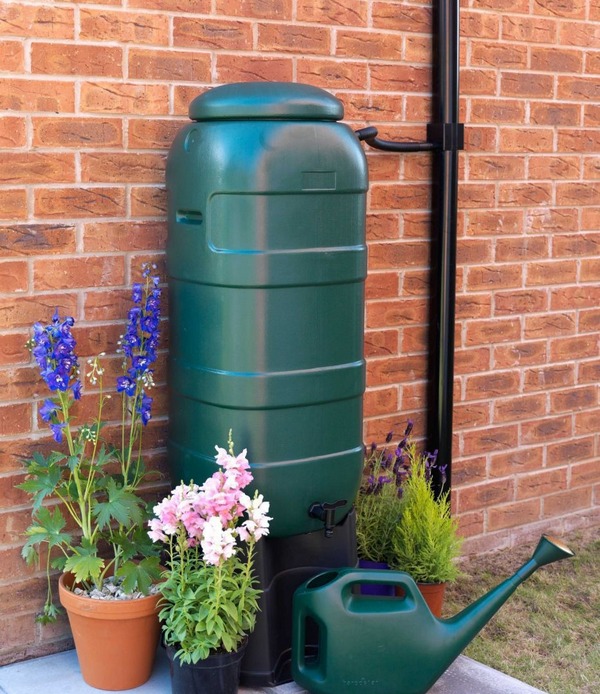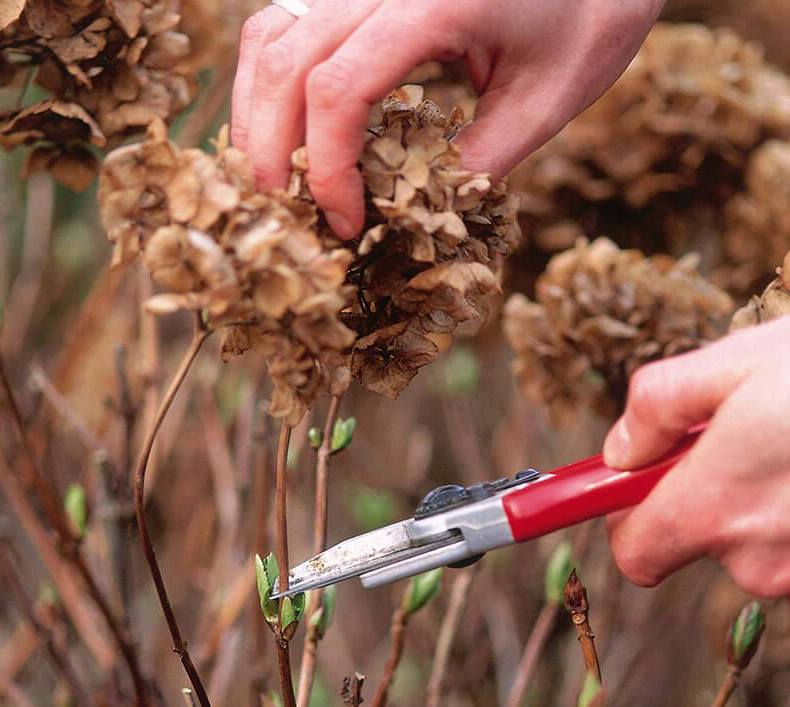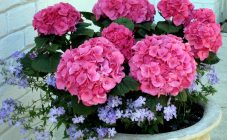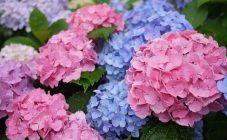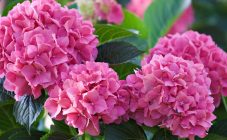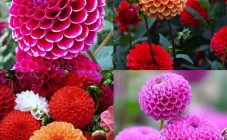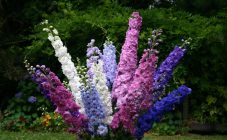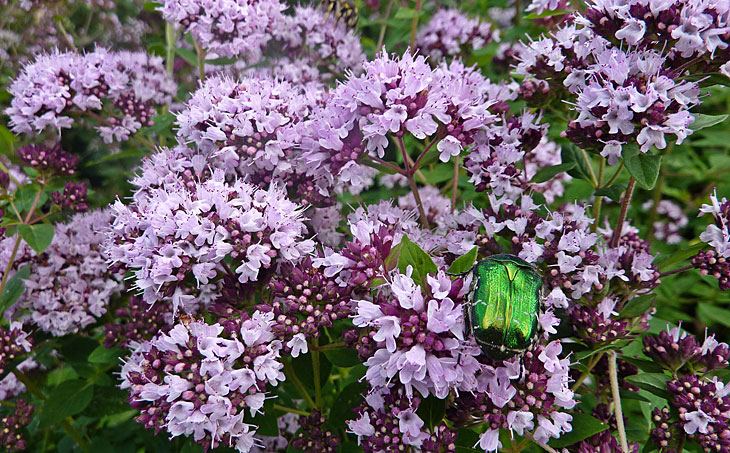Content:
Florists have been growing white hydrangea for several centuries. She is the unconditional queen of gardens. Her huge caps made of snow-white foam are simply mesmerizing, leaving no one indifferent.
History
The first varieties of hydrangea that were brought to Europe were large-leaved and had only two colors: red and white. Other sources claim they were pink and blue. As a result of many years of selection, many other species have appeared.
It is still not known exactly how the plant got its name. There are several versions. One of them is associated with Prince Nissau-Siegen and his sister. He allegedly gave the name to the flower in her honor. Another legend tells that the French physician Commerson named a hydrangea bush after his beloved.
There is a more plausible explanation. The plant is very moisture-loving, its second name is Hydrangia, which translated from Greek sounds like "a vessel with water" (hydor - water, aggeion - vessel). And the seed pods resemble small jugs. And the Japanese call the flower Ajisai - the violet sun.
Natural habitat of hydrangeas - Japan, China, India, North America.
Hydrangea white: varieties
The most popular among gardeners are treelike and panicle hydrangeas. The first is characterized by huge snow-white ball-shaped inflorescences, large leaves (their length reaches 20 cm). The second has inflorescences like panicles, its leaves are slightly smaller (12 cm).
The most common varieties of tree hydrangea with white flowers are:
- White House;
- Styrilis;
- Anabel (at the beginning of flowering, its inflorescences are light green, then they become boiling white);
- Invinzabel Spirit;
- Incredibol;
- High starbest.
Panicle hydrangea with white flowers:
- White Lady;
- Limelight (at the beginning of flowering, the inflorescences are lemon-greenish, in the fall they acquire a pink tint);
- Grandiflora;
- Vinyl Fraze (creamy white pyramids of inflorescences turn dark red);
- Kyushu (white inflorescences, slightly pinkish tones appear on them in the fall).
Description
Globular white hydrangea is considered a native of the Northern States of America. It has good winter hardiness. It can be grown in Central Russia, Siberia, the Urals, the Far East.
Spherical hydrangea is distinguished by low shrubs (2.5 m). The leaves of plants are large, opposite, elliptical, ovate, have heart-shaped notches, their edges are serrated. They grow on slightly drooping shoots. Above, the leaf plates are rich green, on the reverse side - gray. The crown is round, lush.
Inflorescences are large (20 - 25 cm). They grow at the ends of young shoots (annuals). Flowers are large (sterile), small (fertile), and are arranged chaotically. At the beginning of flowering, the inflorescences are pale green, when they open, they acquire a cream, milky color. They later turn white. Seed capsules are miniature (3 mm), ribbed. In early July, flowering begins, which continues until frost.
Reproduction
There are several ways to dilute hydrangea:
- Seeds. In February, they are sown in loose nutrient soil. After 4 to 6 weeks, they will sprout. Seedlings are planted in separate pots. When real leaves appear, they dive. The next spring is planted in open ground.
- Cuttings. Take green or lignified twigs, cut the petioles from them. There should be one internode. The shoots are treated with root roots, seated in different containers. After 3-4 weeks, rooting occurs.
- By dividing the bush. In the spring, the bush is divided into several parts.
- Layers. Young branches (1 year old) are bent to the ground and covered with soil. One process is left (20 cm). The rooted bush is planted for the next year.
Where, when to plant
Globose hydrangea, like all white varieties, prefers slightly acidic, neutral, loose, fertile, moist, but not swampy soils. Poor sandy, alkaline, acidified lands are not suitable for her.
For white hydrangea, they choose areas that are moderately lit by the sun, well protected from winds, drafts. The eastern side of the summer cottage is best suited. The sun's rays are there in the morning. The closest distance from the bushes to the building or the fence is 1.5-2 m.
In regions with cold climatic conditions, hydrangea is planted in the spring (May) after the earth warms up, the threat of return frosts has passed, so that it can winter safely. In the southern regions, the plant can be planted in autumn (September).
Training
The planting hole is made in advance (20-30 days before the start of work). Dimensions: depth 35-50 cm, width - more than 0.5 m. It all depends on the roots. They must fit freely in the pit.
Prepare the soil, pour it into the hole. You need to mix:
- turf / leafy soil, humus or peat with humus (equal proportions);
- urea, potassium sulfate (1 tbsp. l.);
- superphosphate / bone meal (250 gr.).
You can take the land under the conifers.
Landing
- Before planting a bush, the annual shoots are shortened (by 3 - 4 buds).
- Place the seedling on a mound of soil mixture. If necessary, the roots are straightened, covered with earth, tamped.
- Water the plant abundantly (at least 12 liters of water).
- Mulch with sawdust, peat, bark. Shade from the sun, wind.
- They make a space between the hydrangea bushes (120-160 cm), and the distance from other plants should be 300 cm.
- For early flowering, seedlings are planted from each other in a step of 80 cm. Then the plants are thinned out (after 2-3 years).
- The root collars are not buried, they are left at the soil level.
Care, cultivation
Garden hydrangea is very moisture-loving. In a drought, the heat is watered every week (at least 20 liters.). It is advisable to irrigate with rainwater. If summer is damp, you can water 5 times / season.
For prevention, it is better to add potassium permanganate (3 gr.) To the water. Watering is preferable in the morning. If the autumn is dry, the plant is additionally irrigated. To retain moisture, they mulch.
They loosen the ground around the bushes at least three times per season (depth 10 cm). The procedure is carried out after watering.
For the first two years, the plants are not fed. In the third season, microelements (nitrogen, potassium, phosphorus) are introduced in the spring. In early summer - mineral compositions (no chlorine, calcium). During the period of primary budding, they are fed with superphosphate, potassium sulfate. Potassium sulfate is added by the end of August. You can take liquid mullein or water-diluted chicken droppings, but no more than 2 times / season. Lactic acid is also used (kefir, sour milk, whey (1 tbsp / bucket of water)).
Pruning hydrangeas depends on the season, the age of the plants. This is best done in the spring when the buds are swelling. In order for the flowering to be lush, the first couple of years after planting in open ground, remove all small buds from the bushes or cut off the inflorescences. Excessively dense bushes are regularly thinned out (April-May). Sanitary pruning is done for adult plants.
Bushes older than three years "rejuvenate" by removing sick, old, dried branches (shortened by 5 buds). They can also be cut at the root, leaving stumps. Young shoots will begin to grow from them.
How to prepare for winter
In the autumn (September-October), when the first frosts appear, remove all faded flower caps, and also bend the branches low to the ground (they are pre-tied with 3-4 soft strips of fabric). Otherwise, the branches will break under the load of snow. Young seedlings are covered. Sprinkle the root zones with dry leaves. If a tree-like, paniculate hydrangea is grown in the Middle lane, the Moscow region, the North-West, Siberia, the Far East, the Urals, it must be wrapped up.
For the winter, the bushes are covered (in cold regions) with agrofibre, burlap. Before the onset of frost, you can fill it up with dried compost, peat. Then the covering material is pulled over the previously set arcs. The ends should remain open so that the bushes do not trample. In mid-March, the film is removed, the mulch is raked off, and covered with one burlap. When the frosts recede, the shelters must be opened completely.
Plants that do not differ in winter hardiness are transplanted into pots, flowerpots. Leaves are removed from the bushes. Leave flower buds and two leaves at the ends of the branches. The containers with plants are transferred to the greenhouse, then to the basement.
Diseases, pests
Hydrangea has good immunity. Diseases can be provoked by insect pests or "wrong" soil.
- Chlorosis. It appears as a result of excess lime, humus. Every three days the plants are irrigated with copper sulfate, potassium nitrate.
- Powdery mildew. High humidity may be the reason. It is treated with a soapy solution to which copper sulfate is added.
- Green leaf aphid. Garlic infusion is applied. Ingredients: finely chopped garlic (200 gr.), Laundry soap (40 gr. / 20 l. Water). Insist for 2 days. Spray until insects disappear (about 7 days).
White hydrangea has long been loved not only by gardeners, but also by landscape designers. Parks, squares, streets, sections of country houses are decorated with snow-white hydrangea. It is grown in gardens, in summer cottages. Hydrangea looks good against the background of boxwood, spirits, conifers, next to phlox, daylilies, geraniums, astilba. You can plant one hydrangea bush or in a group composition.
White hydrangea is a beautiful plant that can delight for many years. Moreover, taking care of her is not so difficult.

